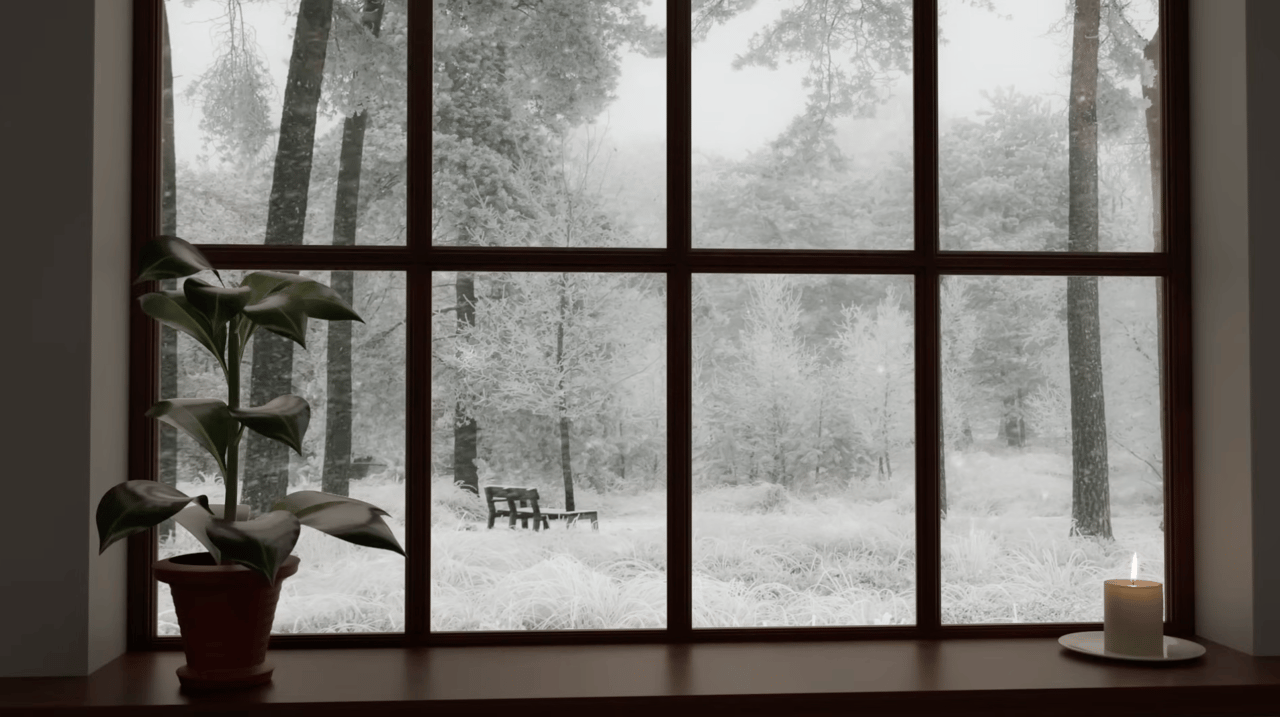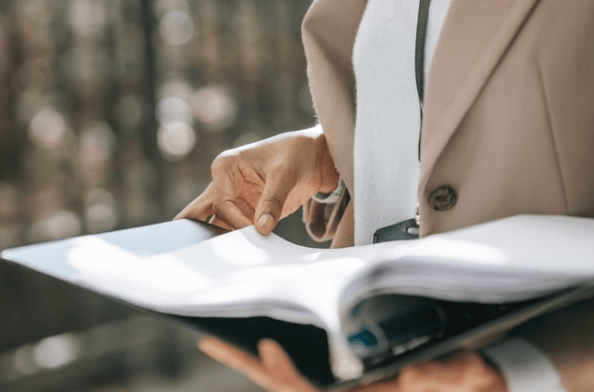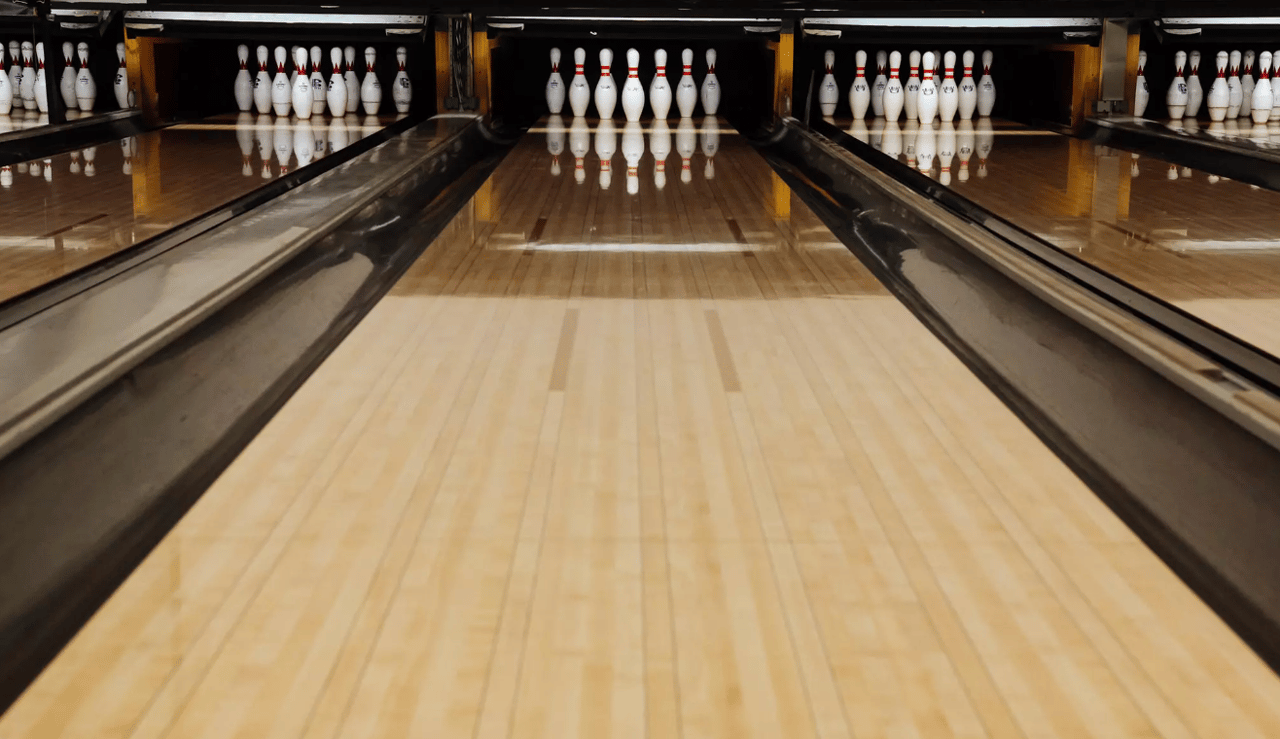As the temperature begins to drop, preparing your home for winter is essential for comfort, safety, and energy efficiency. Winter readiness goes beyond just cozy blankets and warm beverages; it’s about safeguarding your home against the challenges of cold weather. Here’s a comprehensive guide on what you need to know and do to prepare your home effectively for the winter season.
1. Start with a Home Energy Audit
Before jumping into specific winterizing tasks, consider doing a home energy audit. Many utility companies offer energy audits, where professionals evaluate your home for energy loss points and efficiency issues. An audit will give you a clear picture of where your home could benefit most from insulation, repairs, or adjustments, helping you prioritize your efforts and budget for winter.
2. Focus on Windows and Doors
Windows and doors are common culprits for drafts, which lead to heat loss and higher heating bills. For a simple DIY solution, hold a candle near window and door frames on a windy day; if the flame flickers, you likely have a draft. Seal any drafts you find with weatherstripping, caulk, or foam insulation tape. For additional warmth, consider adding temporary plastic film over windows or installing storm windows if you live in an especially cold area.
3. Deep Clean and Inspect Your HVAC System
A clean HVAC system works more efficiently, which is crucial for maintaining comfort during winter. Begin by cleaning or replacing filters, as dirty filters force your heating system to work harder. Vacuum out dust from the vents and make sure they’re not obstructed by furniture or curtains. Schedule a professional inspection to address any issues and ensure your system is running safely and efficiently before the cold truly sets in.
4. Reverse Ceiling Fan Direction
Most people don’t realize that ceiling fans can be an asset in winter. By reversing the direction to clockwise at a low speed, ceiling fans push warm air that rises back down into the living space. This simple adjustment helps maintain even temperatures in your rooms, allowing you to feel warmer without turning up the heat.
5. Prep Your Fireplace and Chimney
If you have a fireplace, take the time to prep it for regular use. A buildup of creosote in your chimney can become a fire hazard, so hire a professional to clean it. Check that the damper opens and closes easily, and inspect the chimney’s exterior for cracks or structural damage. Stock up on firewood, but remember to store it in a dry place away from the house to prevent pests from entering your home.
6. Protect Outdoor Plumbing
Outdoor pipes and faucets are at high risk for freezing, which can lead to costly repairs. Drain and disconnect garden hoses and shut off any outdoor water supply if your pipes have a separate shutoff valve. Use foam covers to insulate exposed faucets, and if possible, wrap outdoor pipes with heat tape to keep them from freezing. A small investment in pipe insulation can save you from a major plumbing bill.
7. Inspect and Clean Your Roof and Gutters
Your roof and gutters play a crucial role in protecting your home from winter weather. Remove debris like leaves and twigs from gutters to prevent ice dams, which form when melted snow refreezes and causes water to back up into your roof. Inspect your roof for missing or damaged shingles and have repairs done if necessary. Strong, intact shingles provide better insulation and protect your home from water damage during winter storms.
8. Prepare for Winter Storms
Preparing for winter also means being ready for possible winter storms. Stock up on essentials such as rock salt, shovels, and sand to keep driveways and walkways clear of ice and snow. If you have a snow blower, check that it’s in good working condition. Inside your home, create an emergency kit with items like flashlights, batteries, non-perishable food, bottled water, and blankets. A portable phone charger or backup battery is also helpful in case of a power outage.
9. Test Smoke and Carbon Monoxide Detectors
During winter, homes are more likely to use heaters, fireplaces, and space heaters—all of which can increase the risk of fires and carbon monoxide buildup. Ensure your smoke and carbon monoxide detectors are working correctly and have fresh batteries. Test each detector monthly, and if any detectors are over ten years old, consider replacing them with newer models.
10. Add Insulation to Key Areas
If your home is prone to feeling chilly, consider adding insulation to areas that might not be well-covered. Attics, crawl spaces, and basements are common spots where heat escapes. Adding insulation here can significantly reduce heat loss and improve your home’s energy efficiency. Insulating water pipes in unheated areas also helps prevent freezing and reduces energy costs.
11. Set Up a Winter Entryway
Winter often means tracking snow, mud, and salt into your home. Setting up a dedicated winter entryway helps contain messes and keeps your home cleaner. Place a durable mat both outside and inside the door, and add a boot tray to catch melting snow. A small bench for removing boots and a coat rack or hooks make it easier to keep winter gear organized and reduce clutter.
Get Ready for a Cozy Winter
Preparing your home for winter may require some effort, but these steps ensure a more comfortable, efficient, and safe environment during the colder months. From an initial energy audit to simple tasks like reversing ceiling fans and stocking up for winter storms, each of these tips contributes to a home ready to handle winter’s challenges. By preparing now, you’ll be able to enjoy a worry-free and cozy winter season in the warmth of your well-prepared home.
Photography Credit Via Youtube: Cryoscape




